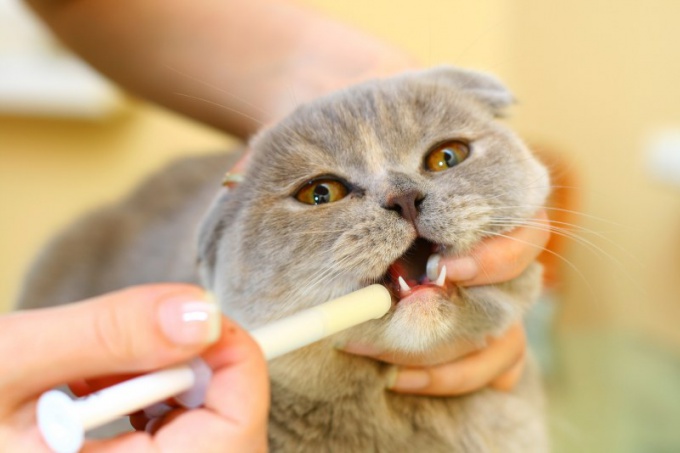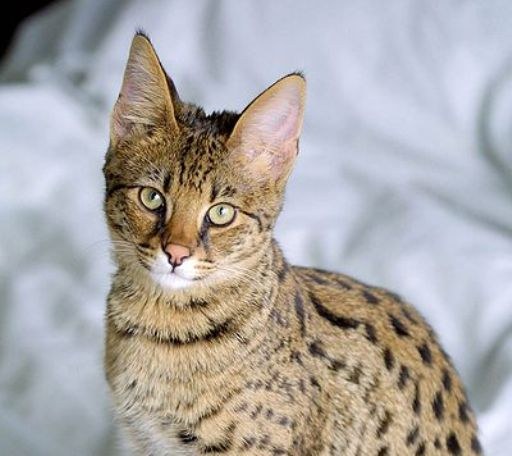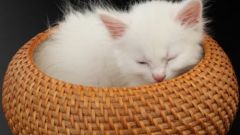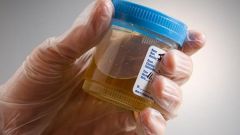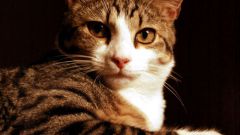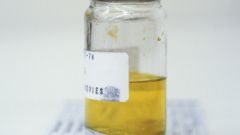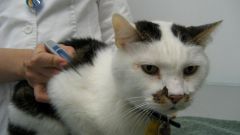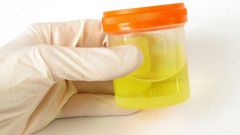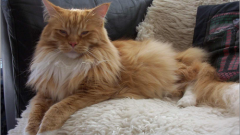Instruction
1
Your cat used to poop in the litter, and the doctor has prescribed a urine test? How to be in this case? You can try to take the path of least resistance: remove the filler, carefully clean the pan and reinstall or replace with a clean tray with grid. In the morning ask the cat to go in an empty tray. If this happens - pour contents into clean glass bottles or special plastic container with a lid. Ready! Urine analysis should be delivered as soon as possible, the results of the study are accurate, if after taking the urine was not more than two hours. Optimal volume 20-100ml.
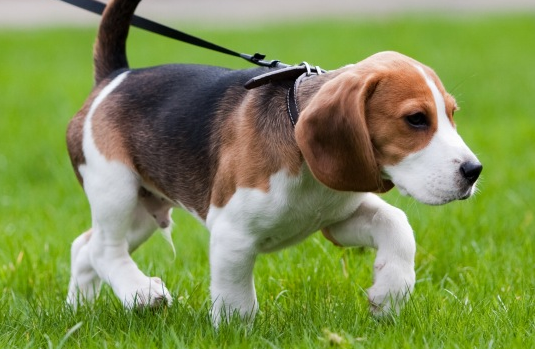
2
Instead of the filler tray can crumble a small amount of paper. Take a white printer paper (newspaper will not work, she puts on) and place in a tray with a grid. In large pet stores sell special plastic pellets, simulating the filler they included in the intake kit urine in cats. If it is not possible to buy a kit, use a clean aquarium soil or replace the filler foam balls. After that, collect the urine in a glass jar with a large syringe.
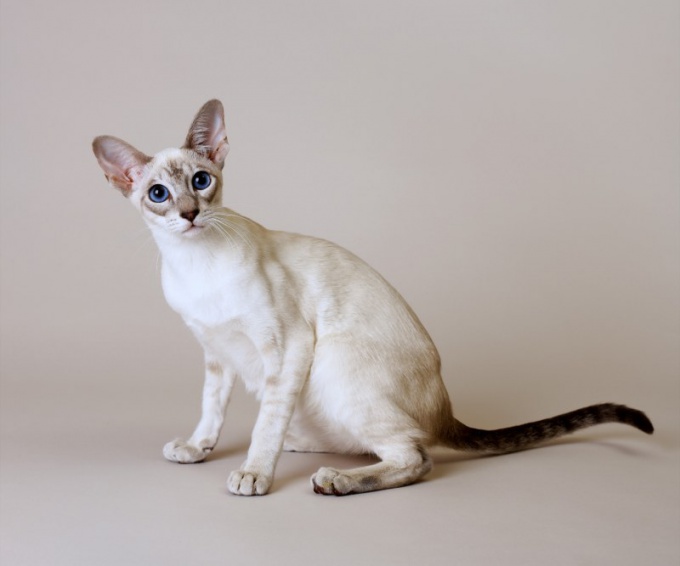
3
If your cat was persistent, one option is to watch. Pour the litter into the tray and let the cat into the toilet. Ready keep a flat bowl. As soon as the cat sits a "little" place the dishes under the stream of water. This option is good in that the analysis is clear. And the psyche of the animal is not injured. Uncomfortable, if tray is your pet is in a remote place. Then it only remains to lift the cat by the scruff in the process of urination, which can lead to unpleasant consequences. For example, the failure of cat to go to the toilet in the same place and puddle in the corners around the house.
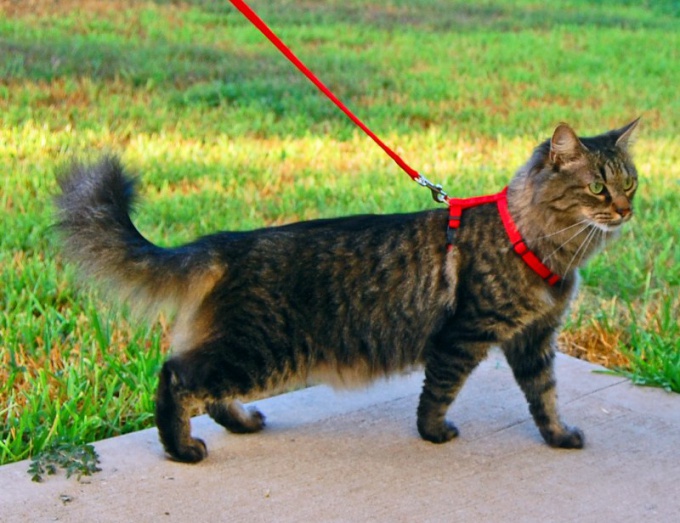
4
Diseases of the urinary organs often lead to difficult urination or even its impossibility. That pet has not escaped your attention, somewhere in a secluded place, can be reliably identified by a tense abdominal wall and prosuvalisya filled bladder. Under your fingers at the base of the abdomen it is similar to a thick rubber bag. Probing is not worth much to knead, you can hurt the cat. The vet put a catheter in and he will take the right amount of urine analysis. Sometimes we take the urine with a syringe by piercing the abdominal wall with a needle (cystostomy).
